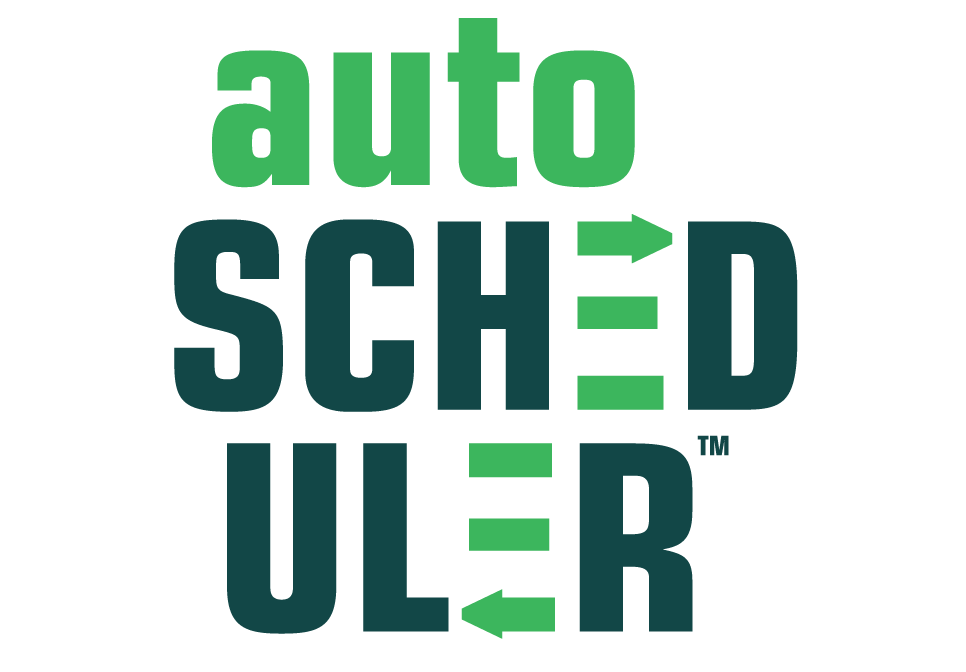Next-Gen Fulfillment: Harnessing AI for Smarter Warehousing
By Keith Moore - Posted July 25, 2024
Every product that arrives at your front door after an online order has undergone a meticulous process within a warehouse. This process, known as order picking, is the heartbeat of fulfillment operations. Order picking involves selecting the items from storage that make up a customer’s order and is often very complex, given the sheer number of products housed inside a fulfillment center. Because of that complexity, order picking can be accomplished through various methods, such as cart picking—where workers traverse the warehouse with carts to collect items—or bulk picking, where large quantities of items are picked together and later sorted into individual orders at a location called a “put wall,” or something similar. These processes ensure that each item is precisely where it needs to be and ready for shipment.
The Multi-Stage Dance of Fulfillment Warehouses
Fulfillment warehouses function like a well-choreographed dance, with each process carefully planned to ensure efficiency and speed. To understand how they operate, let’s break down the key tasks that people perform in these warehouses:
- Replenishment: This is the process of restocking shelves and storage areas with products. Imagine workers or robots moving items from storage areas to the shelves where pickers can easily access them.
- Picking: This involves selecting the items needed to fulfill a customer’s order. Workers or robots move around the warehouse to collect these items, often using carts or specialized picking equipment. High-speed picking zones handle items that must be picked quickly, while bulkier items are managed in areas with equipment designed for heavier loads.
- Packaging: Once the items are picked, they need to be packaged for shipping. This can involve putting items into boxes, adding packing materials, and sealing the packages. Packaging areas are equipped with everything needed to prepare items for safe delivery.
- Loading: The final step is loading the packaged items onto trucks for delivery. This involves organizing the packages to maximize space utilization and needs to happen before the truck’s “cut-off time” when it leaves the facility (or else the order will ship late!).
Each of these stages generally occurs in different areas of the warehouse and is often executed by human or robotic labor with specialized tools. For example, companies like Locus Robotics and Dematic provide robotic solutions that make these operations smoother in tandem with the people working inside the facility. These robots handle everything from retrieving items from shelves to sorting them for packaging.
In complex operations, human workers and robots work together, each performing the tasks they’re best suited for. This creates a seamless flow from storing items to shipping them out, maximizing throughput for minimal cost. That said, orchestrating all of these activities is a huge challenge.


